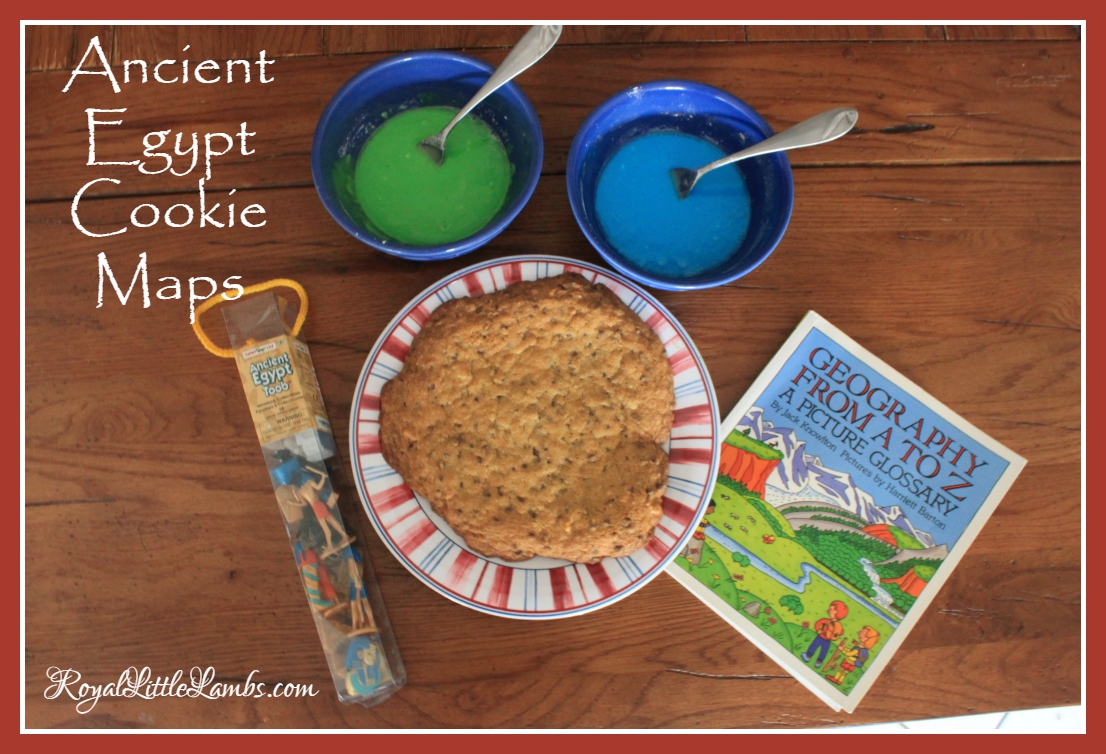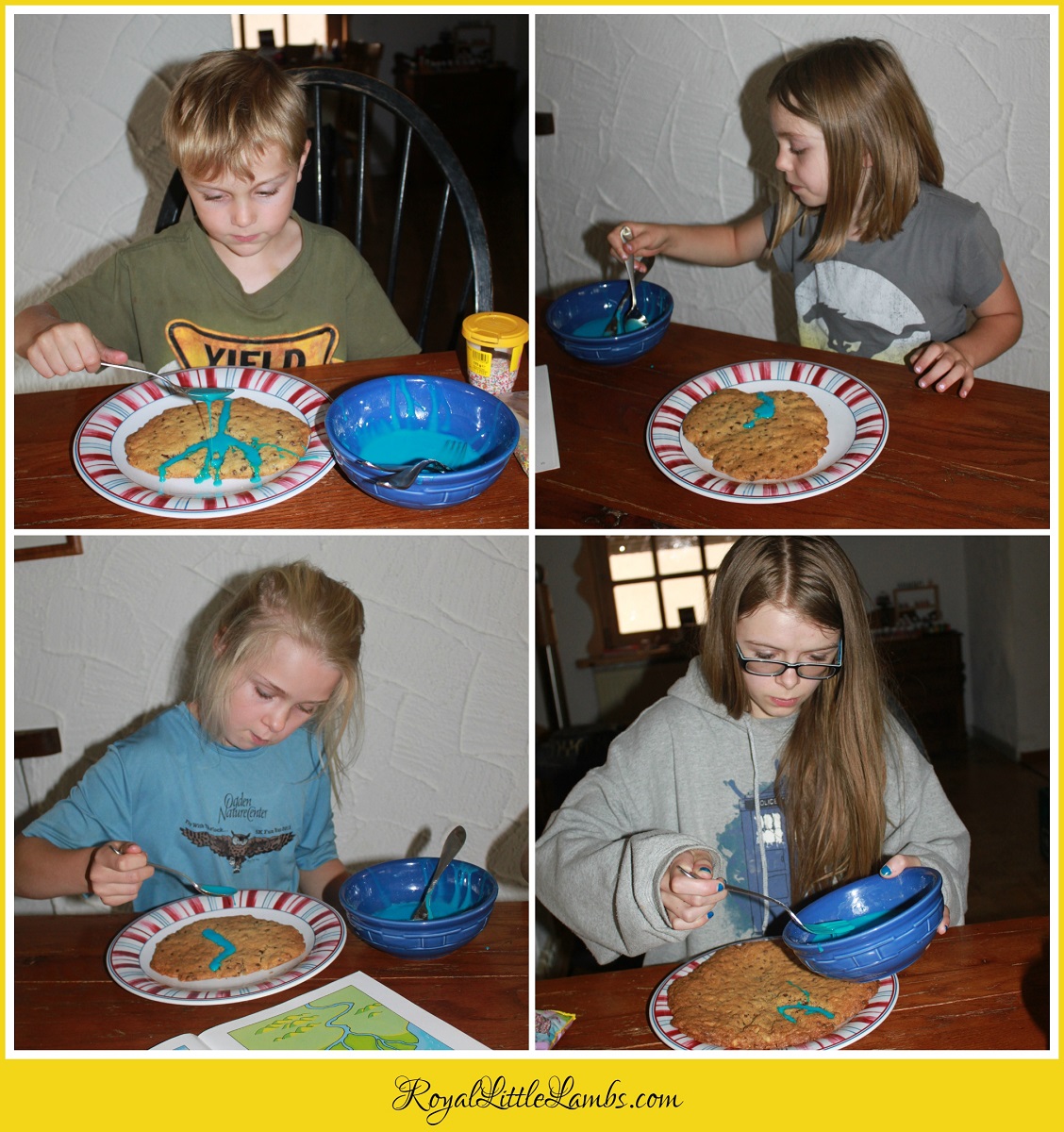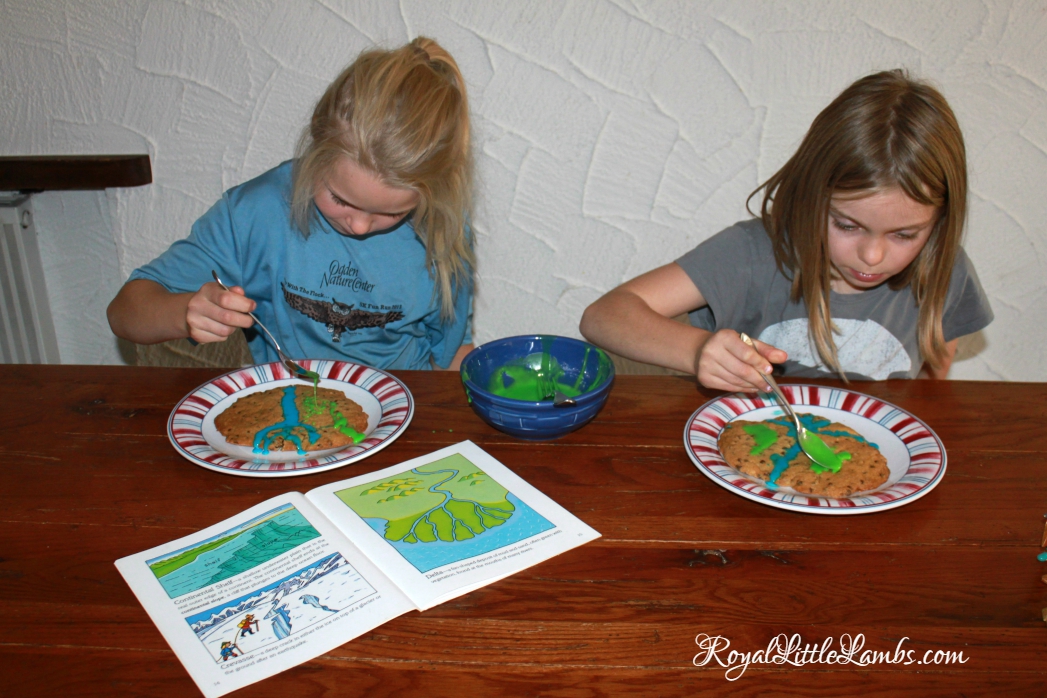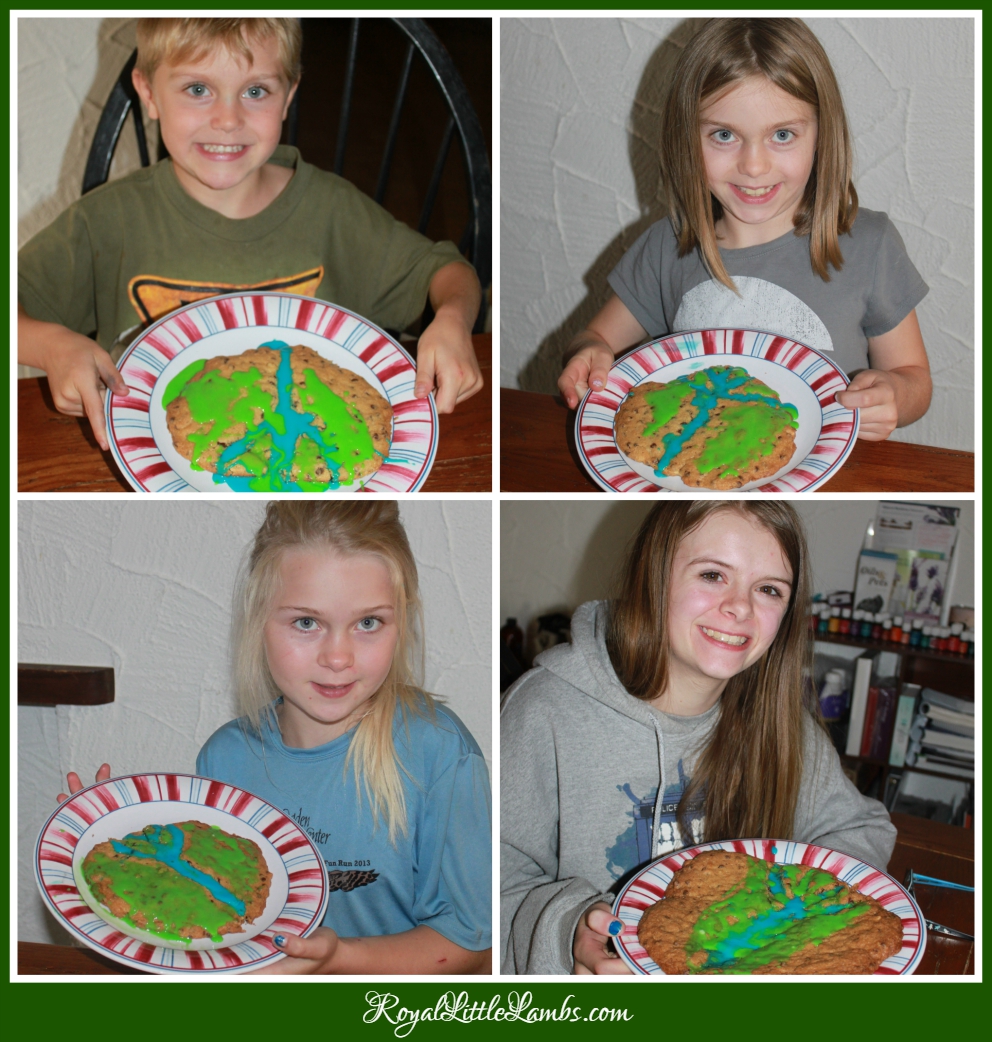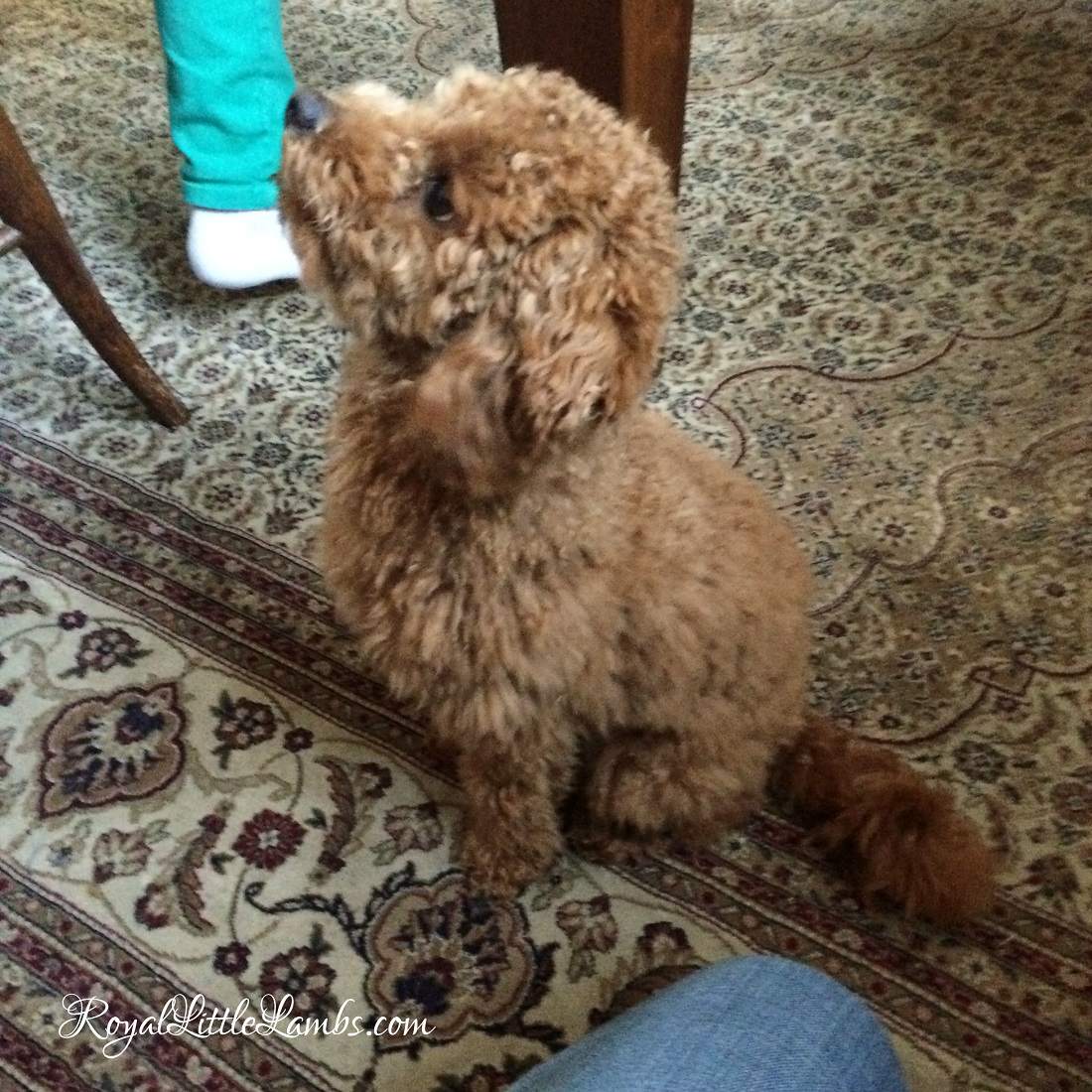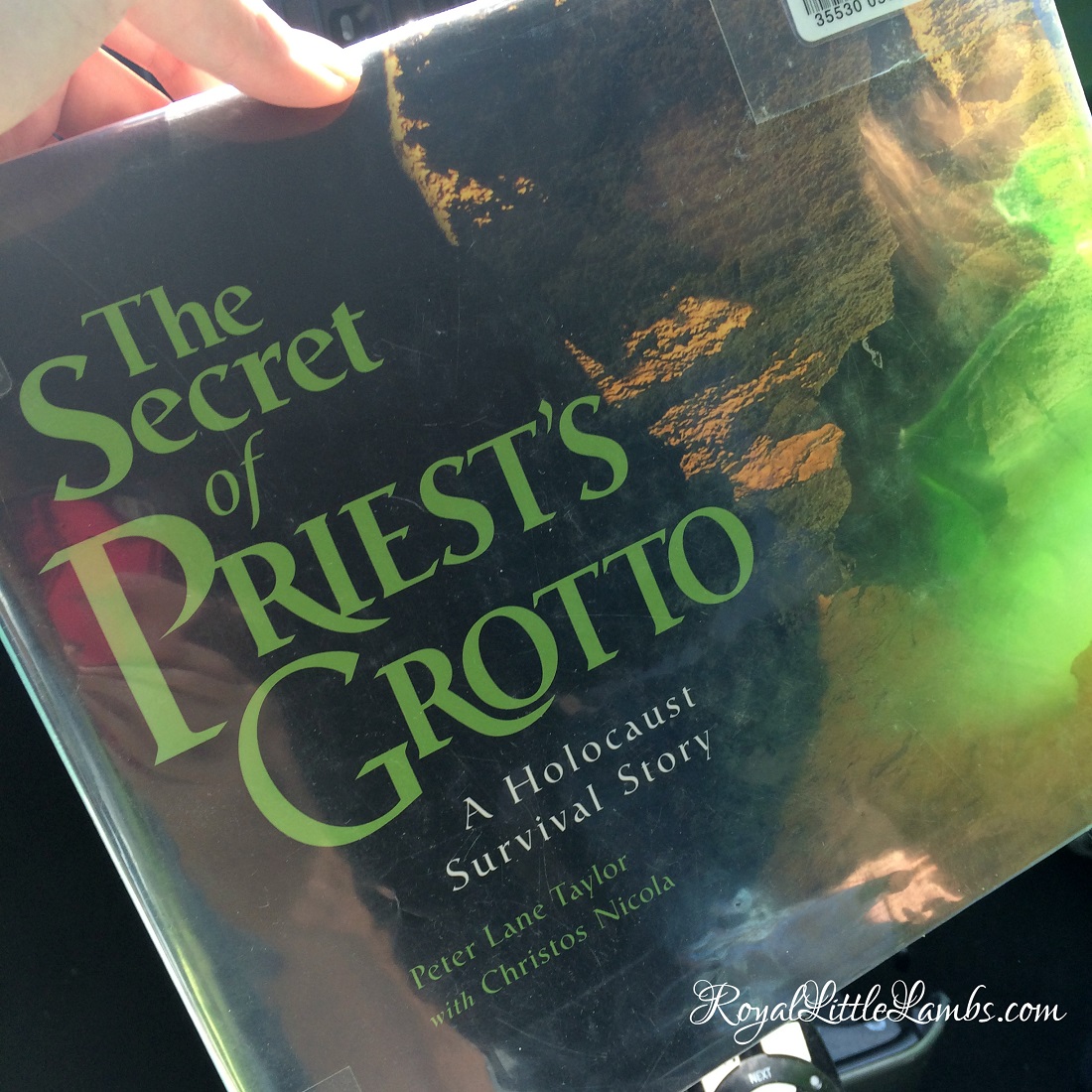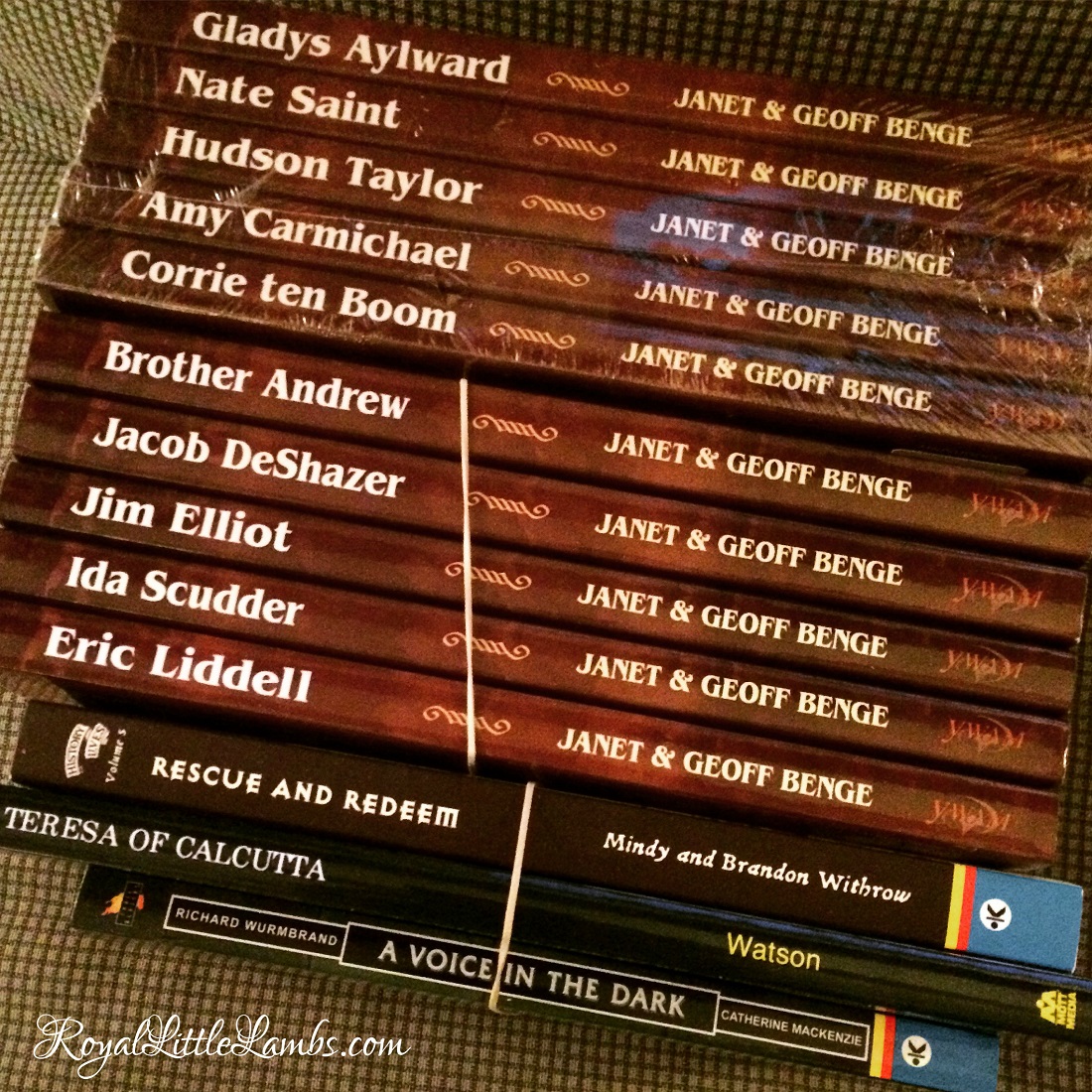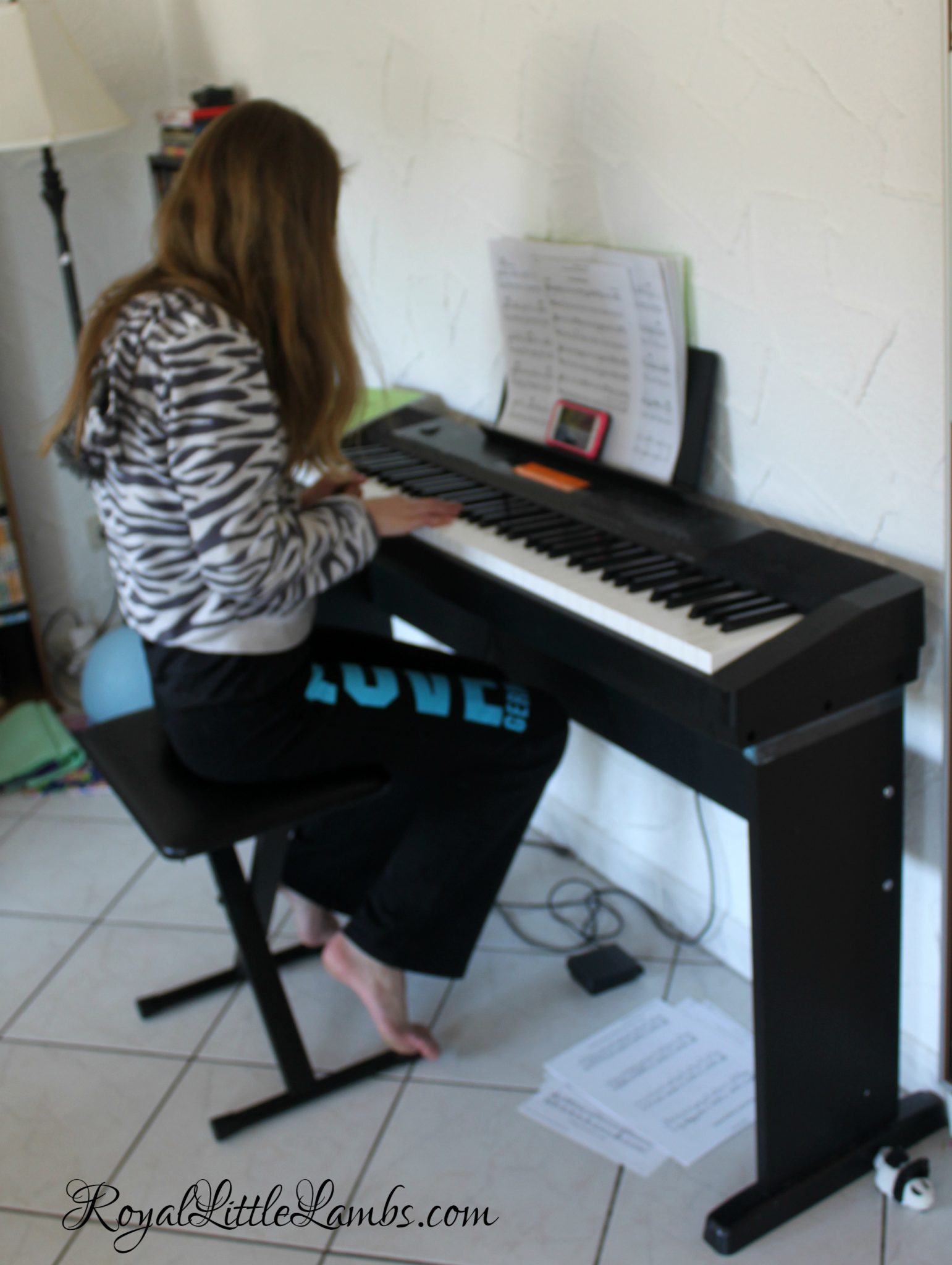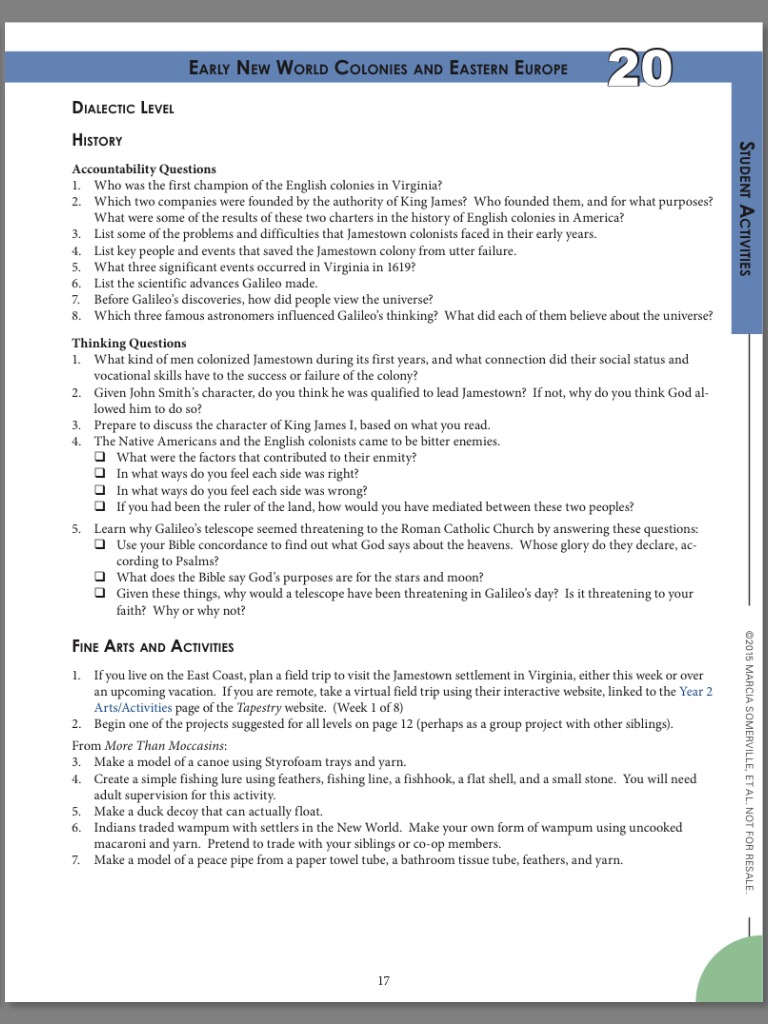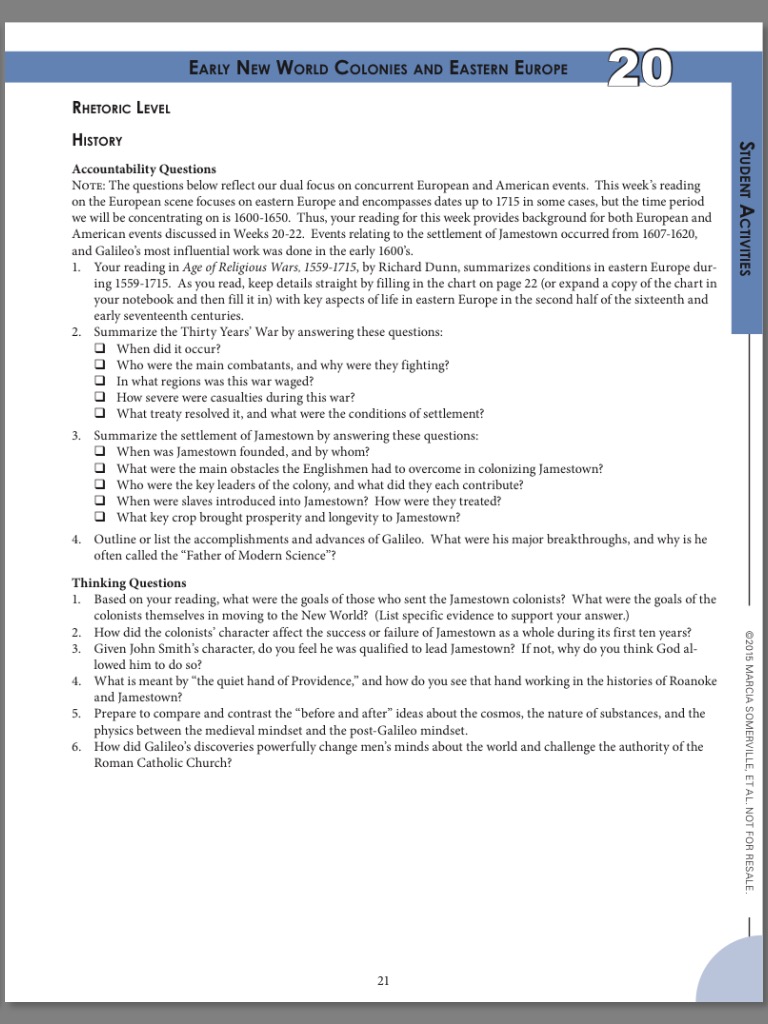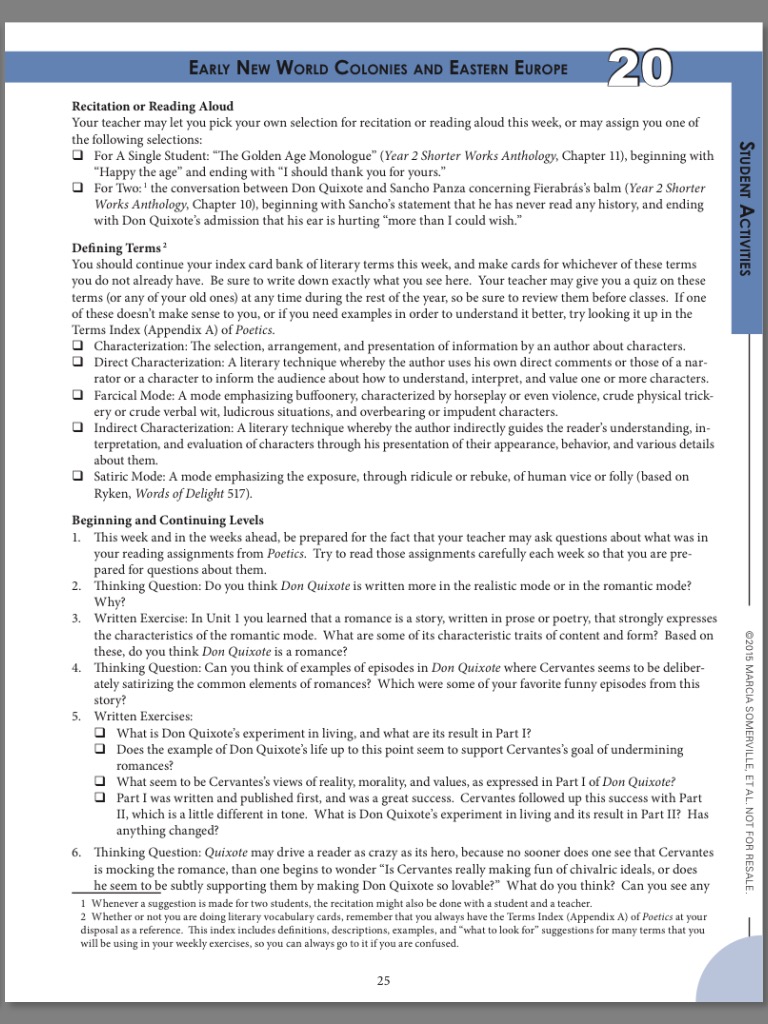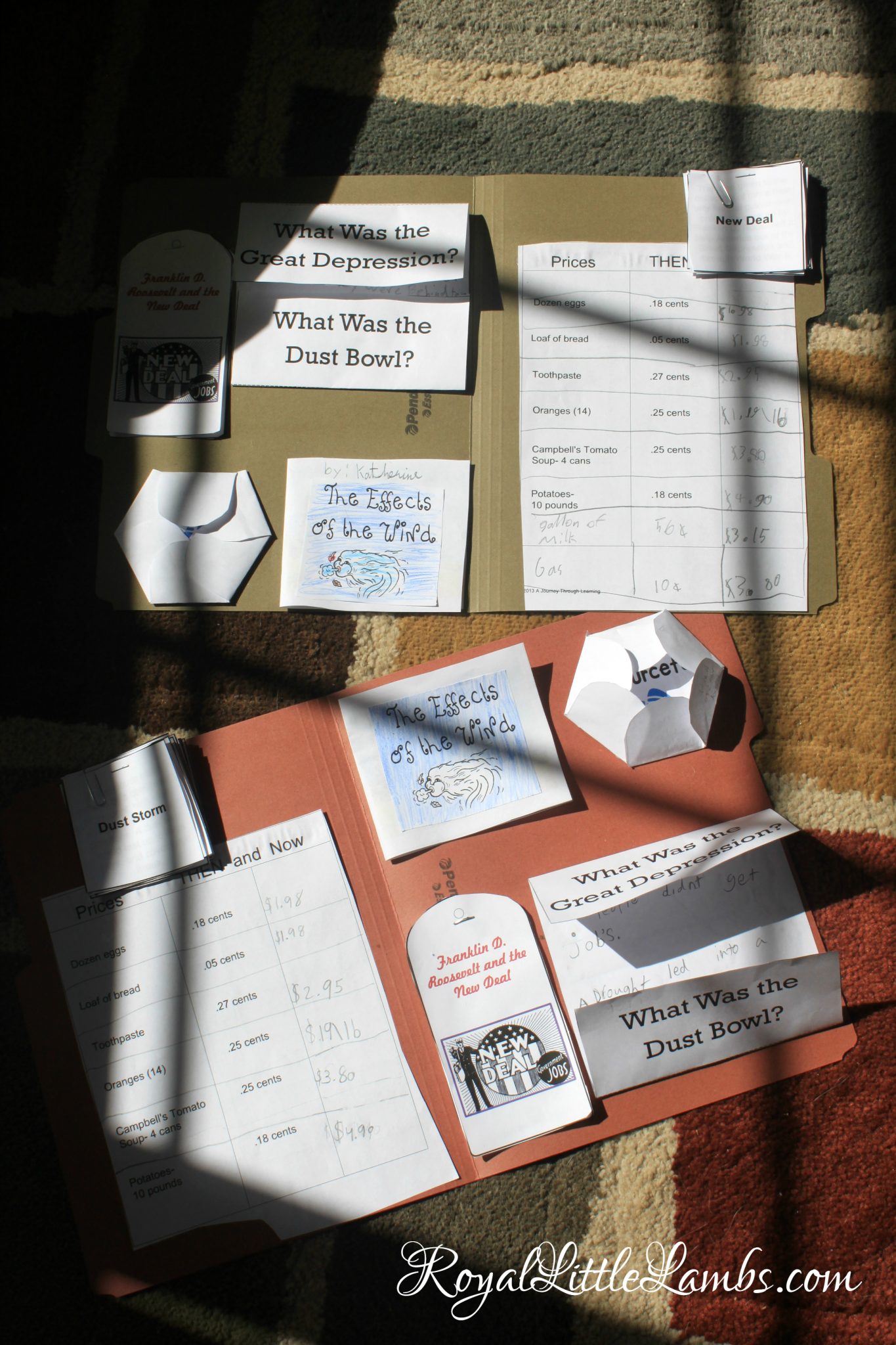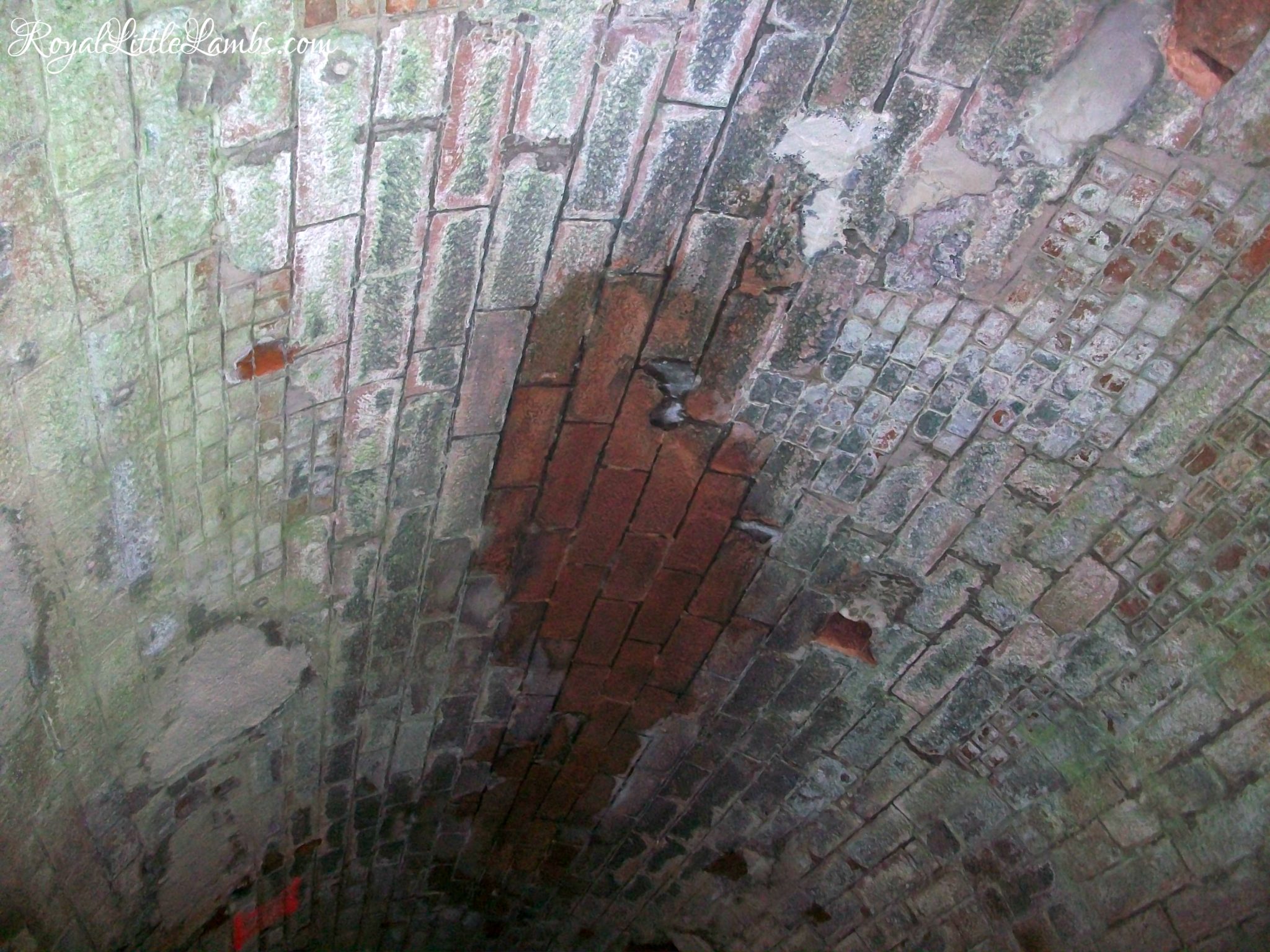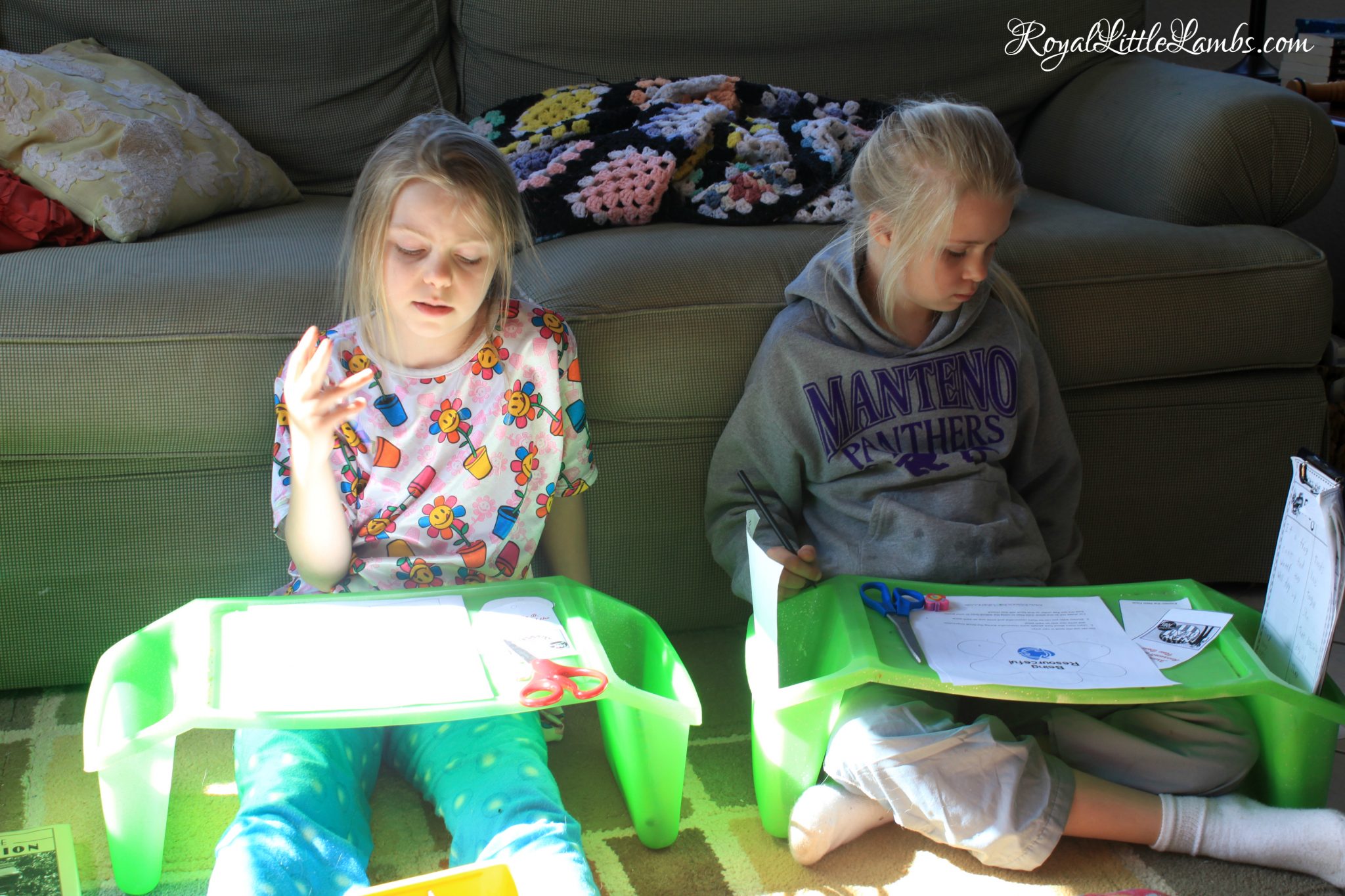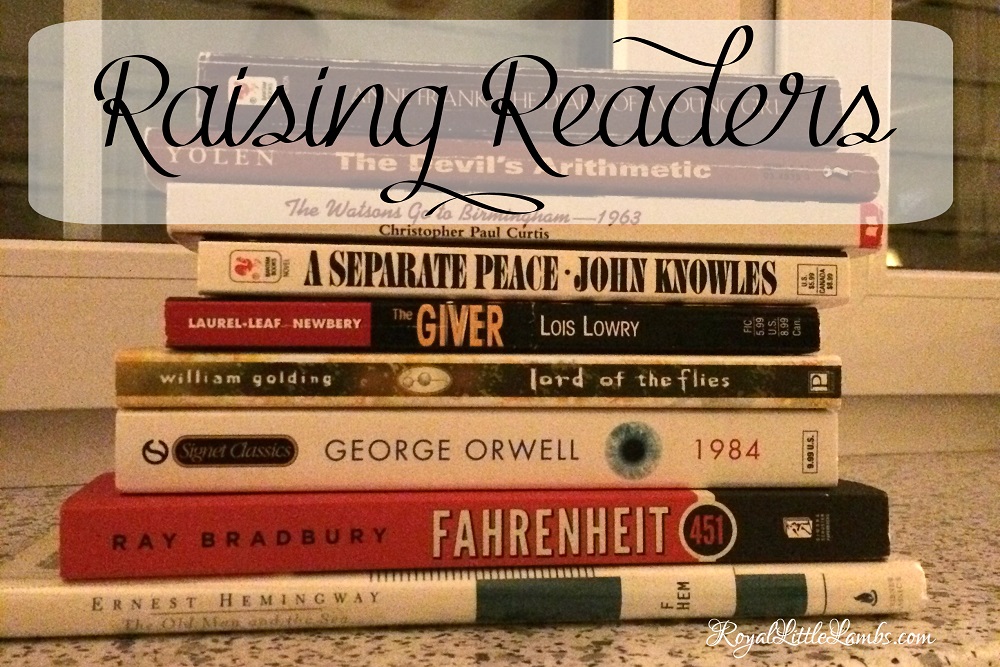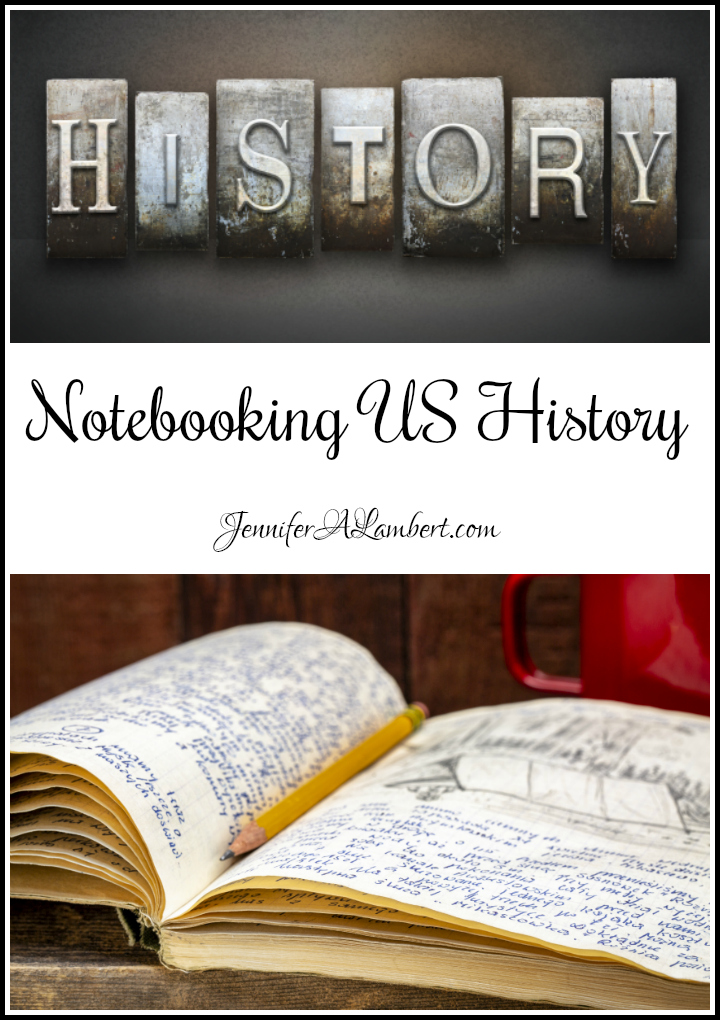We’ve been fascinated with studying Illumination in medieval art.
We traveled to Ireland and saw where the Book of Kells was created.
We’re amazed and thankful that monks worshiped God in such a creative way!
We love this: Marguerite Makes a Book.

We discussed how paint was made in medieval times.
Red
Madder: made by boiling the root of the madder plant rubia tintorium
Vermilion: found in nature as the mineral cinnabar
Rust: found in iron oxide-rich earth compounds
Carmine, also known as cochineal: carminic acid from the female Dactylopius coccus insect is mixed with aluminum salt
Crimson: also known as kermes, extracted from the insect Kermes vermilio
Lac: resinous secretion of insects
Blue
Woad: produced from the leaves of the plant Isatis tinctoria
Indigo: derived from the plant Indigofera tinctoria
Turnsole: also known as folium, a dyestuff prepared from the plant Crozophora tinctoria
Ultramarine: made from the minerals lapis lazuli or the cheaper azurite
Smalt: now known as cobalt blue
Yellow
Weld: processed from the Reseda luteola plant. This is the oldest European dye plant in the world!
Turmeric: from the Curcuma longa plant
Saffron: from the Crocus sativus
Ochre: an earth pigment that occurs as the mineral limonite. Can be heated to become red ochre.
Orpiment: arsenic trisulfide
Green
Verdigris: cupric acetate, made by boiling copper plates in vinegar
Malachite: a mineral found in nature, copper carbonate
China green: a plant-based pigment extracted from buckthorn Rhamnus tinctoria or R. utilis berries.
White
Lead: made by corroding sheets of lead with vinegar, and covering that with decaying matter, such as dung, to provide the necessary carbon dioxide for the chemical reaction
Chalk: calcium carbonate
Black
Carbon: from sources such as lampblack, charcoal, burnt bones or ivory
Sepia: produced by the cuttlefish
Iron gall ink: iron nails would be boiled in vinegar; the resulting compound would then be mixed with an extract of oak apple (oak galls).
Decorations
Designs and Borders
Illustrative miniatures or decorative motifs may enclose the whole of the text space or occupy only a small part of the margin of the page. Some borders were in panelled form while others were composed of foliate decorations or bars which often sprouted plant forms and are known as “foliate bar borders.”
Lettering
The parchment was ruled, usually with leadpoint or colored ink. Ruling lines helped the scribe to write evenly and were part of the design of the page. The scribe wrote with a quill pen made from the feather of a goose or swan. The end of the feather was cut to form the writing nib. A slit cut into the middle of the nib allowed the ink to flow smoothly to the tip of the pen. The appearance of the script—whether rounded or angular, dense or open—was partly dependent upon the shape and the angle of the nib.
Gilding
Gold: leaf, gold hammered extremely thin, or gold powder, bound in gum arabic or egg
Silver: either leaf or powdered
Tin: leaf
We chose to make historiated initials.
These were pages of initials that portray figures or scenes that are clearly identifiable, telling a story.
I printed large Old English initial outlines for each of the kids to decorate with their story.
They began with outlining borders and decorations in pencil.

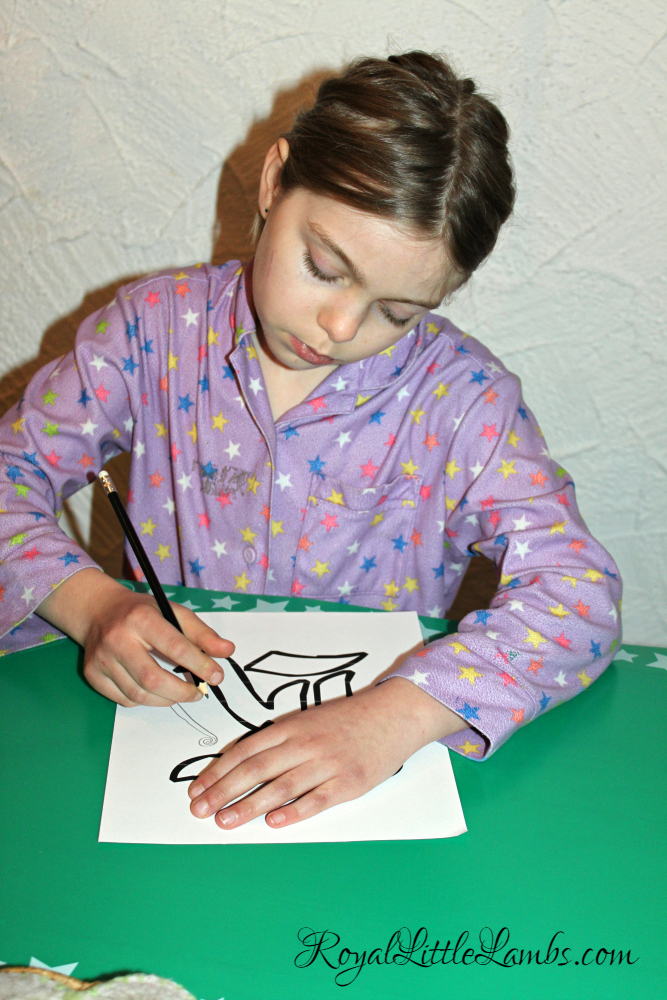
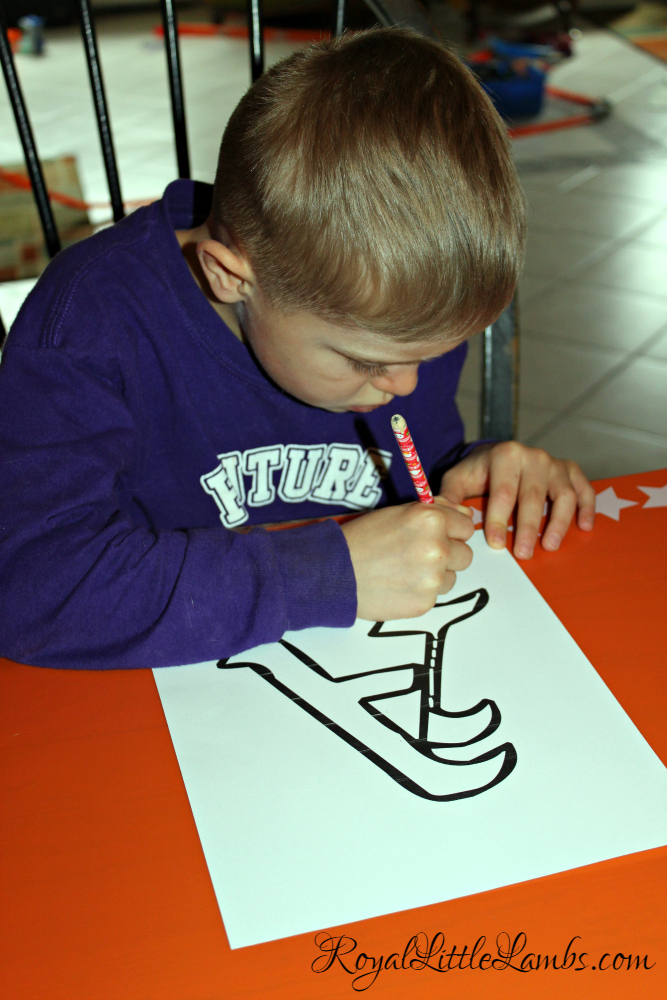
They soon realized how much work must have gone into the illumination of pages and books. They were tired of the detail work after just a few minutes. They took a break and went back to work the next day.
I was impressed with how each of them expressed themselves with their letters by drawing their favorite things and using their favorite colors.
Tori drew lots of flowers and made her initial shiny.
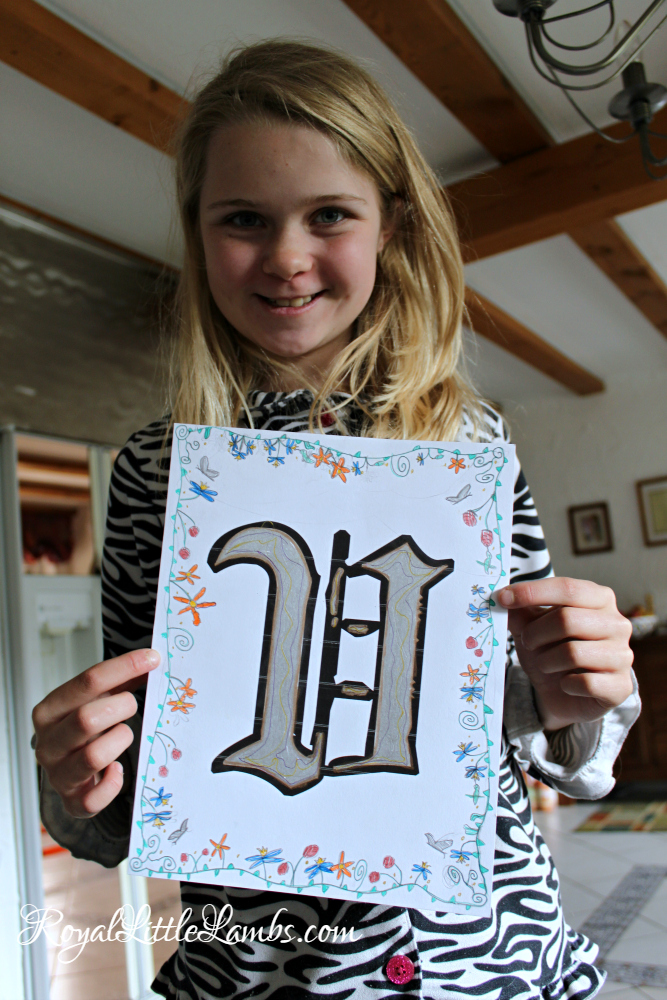
Katie made her entire page shiny and drew lots of undersea animals.
Alex drew leaves, stars, and flowers and cats playing music and wearing hats.
We then framed the initials and hung them up in their rooms!
 Linking up: A Little R&R, Wholehearted Home, Cornerstone Confessions, F Dean Hackett, Rich Faith Rising, Donna Reidland, Our Home of Many Blessings, A Proverbs 31 Wife, What Joy is Mine, Pat and Candy, VMG206, Sarah Celebrates, The Modest Mom, The Quintessential Mommy, Oh My Heartsie Girl, Marilyns Treats, Classical Homemaking, Ducks n a Row, Books and Giggles, Blogghetti, Making Our Life Matter, Life of Faith, Morsels of Life, Living Montessori Now, ABC Creative Learning, Hip Homeschool Moms, Crystal and Co., Lamberts Lately, Frog’s Lilypad, I Choose Joy, My Learning Table, Bloom Designs, Every Star is Different, Education Possible, The Natural Homeschool, Wondermom Wannabe, Coffeeshop Conversations, xoxo Rebecca, Oh My Heartsie Girl, What About, Sincerely Paula, Create with Joy, Life with Lorelai, A Kreative Whim, Happy and Blessed Home, Creative Home Keeper, Holly McBerty, A Wise Woman Builds Her Home, The Deliberate Mom, Children are a Blessing, Raising Homemakers,
Linking up: A Little R&R, Wholehearted Home, Cornerstone Confessions, F Dean Hackett, Rich Faith Rising, Donna Reidland, Our Home of Many Blessings, A Proverbs 31 Wife, What Joy is Mine, Pat and Candy, VMG206, Sarah Celebrates, The Modest Mom, The Quintessential Mommy, Oh My Heartsie Girl, Marilyns Treats, Classical Homemaking, Ducks n a Row, Books and Giggles, Blogghetti, Making Our Life Matter, Life of Faith, Morsels of Life, Living Montessori Now, ABC Creative Learning, Hip Homeschool Moms, Crystal and Co., Lamberts Lately, Frog’s Lilypad, I Choose Joy, My Learning Table, Bloom Designs, Every Star is Different, Education Possible, The Natural Homeschool, Wondermom Wannabe, Coffeeshop Conversations, xoxo Rebecca, Oh My Heartsie Girl, What About, Sincerely Paula, Create with Joy, Life with Lorelai, A Kreative Whim, Happy and Blessed Home, Creative Home Keeper, Holly McBerty, A Wise Woman Builds Her Home, The Deliberate Mom, Children are a Blessing, Raising Homemakers,

